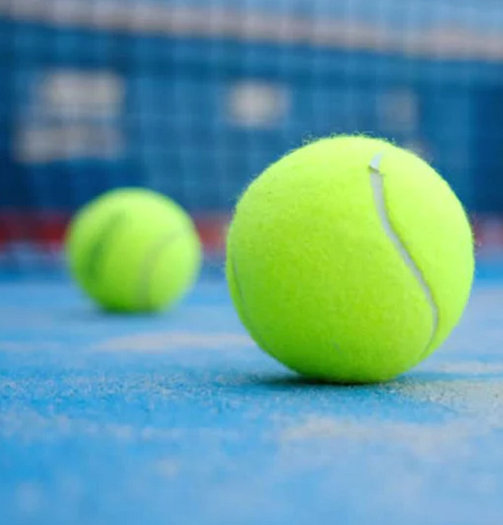
Distinguishing Tennis Ball & Padel Ball
Share
Tennis Ball vs Padel Ball: Understanding the Differences
When it comes to racquet sports, the choice of ball can significantly impact the game. Tennis and padel, two popular racquet sports, each have their own specific type of ball. While these balls may appear similar at first glance, there are subtle differences in terms of size, weight, pressure, and the materials used. Understanding these differences can provide valuable insights for players and enthusiasts of both sports.
Size Matters: The Distinctive Dimensions
One of the most noticeable differences between a tennis ball and a padel ball lies in their respective sizes. A standard tennis ball typically measures around 2.5 inches (6.7 cm) in diameter. On the other hand, a padel ball is slightly smaller, with a diameter of approximately 2.7 inches (6.9 cm). While this variance may seem minor, it can have a notable impact on the dynamics of the game.
Weighing In: Understanding the Weight Variations
Weight is another key factor that sets these two types of balls apart. A tennis ball generally weighs around 2 ounces (58 grams), whereas a padel ball is slightly heavier at approximately 2.3 ounces (65 grams). This variation in weight, although seemingly insignificant, can influence the speed and bounce of the ball when it interacts with the racquet and the playing surface.
Under Pressure: Exploring the Impact of Compression
Pressure, or more specifically, the internal pressure of the ball, is an essential aspect that contributes to its performance characteristics. Tennis balls are pressurized, typically at around 12 psi (pounds per square inch), which gives them their familiar bounce and responsiveness on the tennis court. In contrast, padel balls are also pressurized but at a slightly lower pressure, usually around 10 psi. This variance in pressure affects how the ball behaves during rallies and impacts the overall playing experience.
Material Matters: Similarities in Composition
Both tennis balls and padel balls are constructed using a similar core material – rubber. This rubber core is then covered with a felt exterior, which provides the necessary texture and grip. While the composition of the core is alike, the felt used for padel balls is often slightly thicker and more durable, owing to the nature of the game and the playing surface. This nuanced difference ensures that the padel ball can withstand the rigors of padel, which often involves playing against the walls of the court.
In conclusion, while tennis balls and padel balls may share certain similarities in terms of their core material, they exhibit distinctive variations in size, weight, pressure, and the specific requirements of the game. These nuanced dissimilarities underscore the importance of using the right type of ball for each sport, ensuring an optimal playing experience for athletes and enthusiasts alike.
